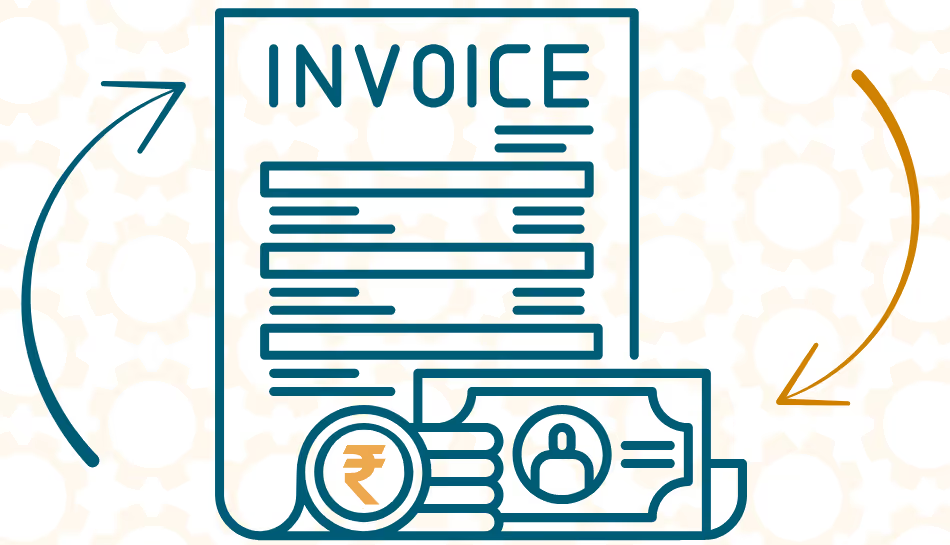In today’s fast-paced supply chain environment, businesses can no longer rely on manual inventory tracking or outdated systems. Accuracy, speed, and visibility are critical to ensuring customer satisfaction and reducing operational costs. That’s why many organizations are turning to a warehouse management system (WMS) to streamline their processes. But before reaping the benefits, companies must carefully plan and execute the warehouse management system implementation.
This article walks you through what you need to know about the implementation of a warehouse management system, the challenges involved, and how to manage WMS implementation costs effectively.
What is WMS Implementation?
WMS implementation is the process of deploying a warehouse management system to manage inventory, optimize storage, track goods movement, and support order fulfillment. It involves several steps: selecting the right system, integrating it with existing software, training staff, testing, and going live.
While it promises efficiency, a poorly managed implementation of WMS can lead to delays, higher costs, and resistance from employees. That’s why a structured approach is essential.
Key Steps in Warehouse Management System Implementation
- Define Objectives and Requirements
Before you choose a system, identify your business needs. Are you looking for better inventory visibility, improved order accuracy, or reduced labor costs? A clear set of goals will guide the entire implementation of warehouse management system. - Select the Right WMS
Different solutions offer different features. Cloud-based systems are easier to scale, while on-premise options provide greater control. Evaluate vendors based on your requirements, integration capabilities, and support services. - Plan Integration with Existing Systems
A successful WMS implementation depends on how well it integrates with ERP, accounting, or order management software. Data should flow seamlessly to prevent errors in stock, billing, or reporting. - Conduct Pilot Testing
Before going live, test the system in a smaller environment. This helps identify issues with configurations, integrations, or workflows. Pilot runs reduce risks during the full-scale launch. - Train Employees
Even the best system will fail if users aren’t comfortable with it. Proper training ensures your staff understands how to use the new WMS effectively, increasing adoption and reducing mistakes. - Go Live and Monitor Performance
After testing and training, the system can go live. Post-implementation, track performance metrics like order accuracy, fulfillment speed, and inventory shrinkage to evaluate success.
Common Challenges in WMS Implementation
- Opposition to Change: Workers may be reluctant to embrace new procedures. Change management strategies and communication can address this.
- Data Migration Issues: Moving from legacy systems often causes inconsistencies if not handled properly.
- Integration Problems: Difficulty syncing WMS with other systems can delay operations.
- Unexpected Costs: Many businesses underestimate WMS implementation costs, leading to budget overruns.
Managing WMS Implementation Costs
The implementation of WMS is an investment, but costs can vary based on system type, customization, and company size. Key cost drivers include:
- Software Licensing or Subscription Fees – Cloud models may have lower upfront costs but ongoing fees.
- Hardware Upgrades – Scanners, servers, or mobile devices may be required.
- Integration Expenses – Linking WMS to ERP and accounting systems adds to the budget.
- Training and Support – Staff training and post-go-live support are often underestimated.
To manage costs, businesses should:
- Choose only essential features instead of over-customizing.
- Opt for phased implementation to spread expenses.
- Negotiate vendor contracts for better pricing and support.
Final Thoughts
A well-planned warehouse management system implementation can transform how businesses manage inventory and orders, directly improving efficiency and customer satisfaction. While challenges like integration and employee resistance may arise, following a structured approach and controlling WMS implementation costs ensures success.
In today’s competitive landscape, companies that invest wisely in WMS implementation gain a significant advantage in supply chain management.



